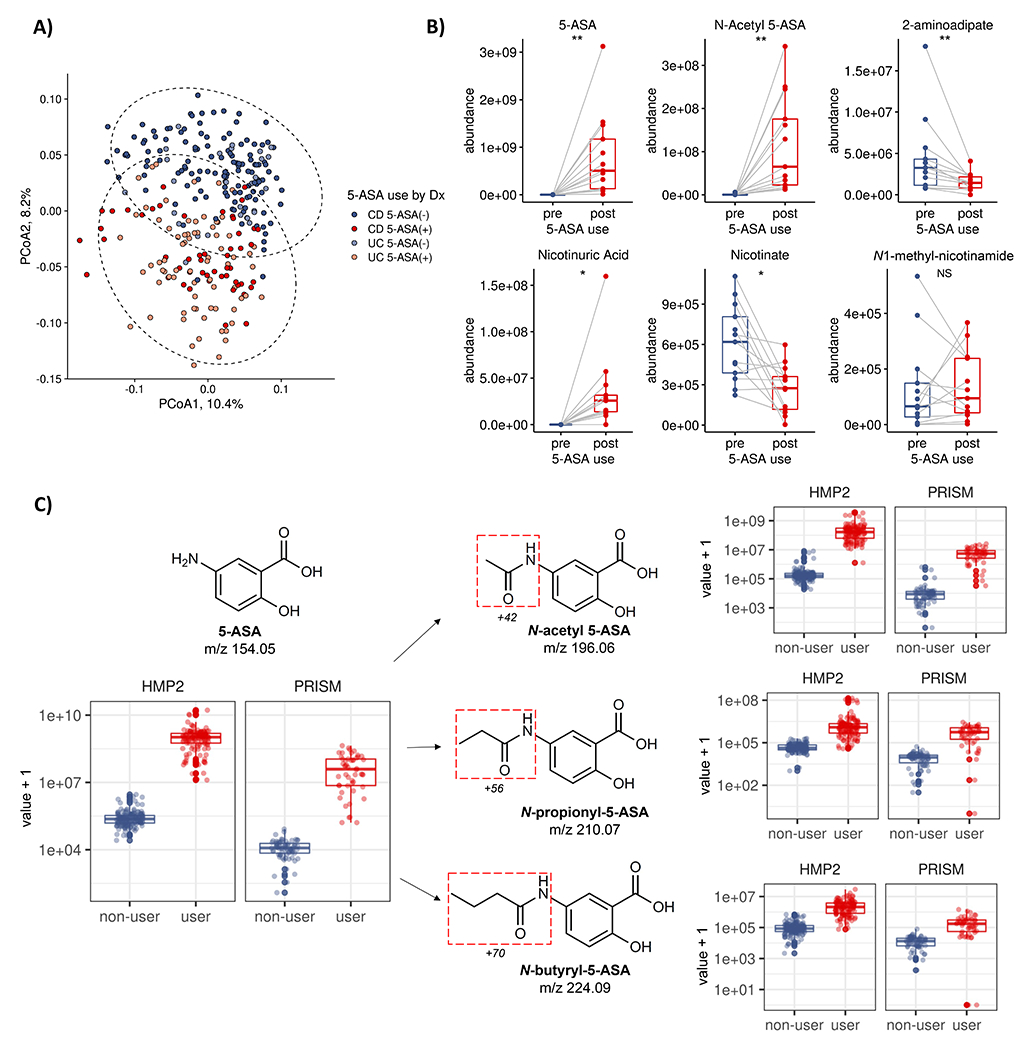Figure 2: 5-ASA directly impacts the fecal metabolome and undergoes biotransformation by the microbiome.

(A) The IBD fecal metabolome segregates by 5-ASA status (PERMANOVA R2=6.8%, p<0.001) more than by UC or CD diagnosis (R2=2.2%), suggesting a substantial role of medication in modulating the fecal biochemical environment of IBD patients (95% bivariate normal confidence ellipses shown, Methods). (B) Initiation of 5-ASA among a subset of participants (n=13) reveals 2,306 (total n=81,868, 2.8%) altered metabolomic features when comparing profiles pre- and post- 5-ASA administration (paired two-sided Wilcoxon, FDR q < 0.25), collected an average of 13.0 (± 8.7) weeks apart. Only 17 were assigned Human Metabolome Database (HMDB) identifiers, including the known 5-ASA metabolite, N-acetyl 5-ASA, as well as potential off-target effects - including shifts in vitamin B3 metabolism and bacterial products implicated in oxidative stress (23, 24). **, q<0.05; *, q<0.25; NS, not significant. Boxplots show median and lower/upper quartiles; whiskers show inner fences. (C). Examining the remaining 2,293 unannotated metabolomic features, we identified two promising candidates in the IBDMDB and independently profiled PRISM datasets using mass differences and retention time matching as likely N-propionyl 5-ASA and N-butyryl 5-ASA that also discriminated 5-ASA users from non-users (c-statistic >0.95) that were not initially annotated by the HMDB (Methods). Boxplots show median and lower/upper quartiles; whiskers show inner fences.
